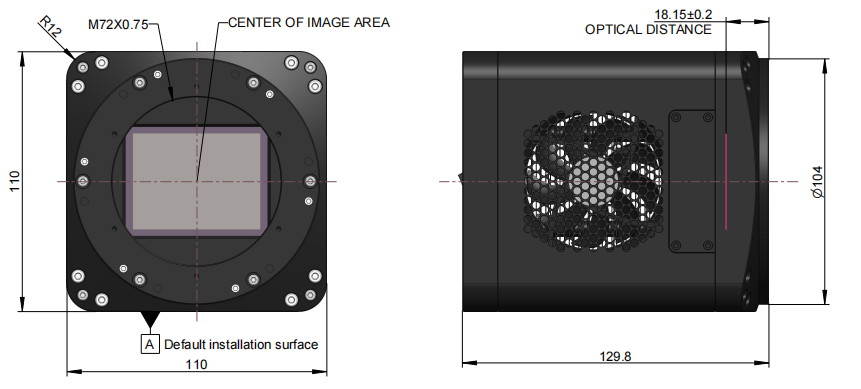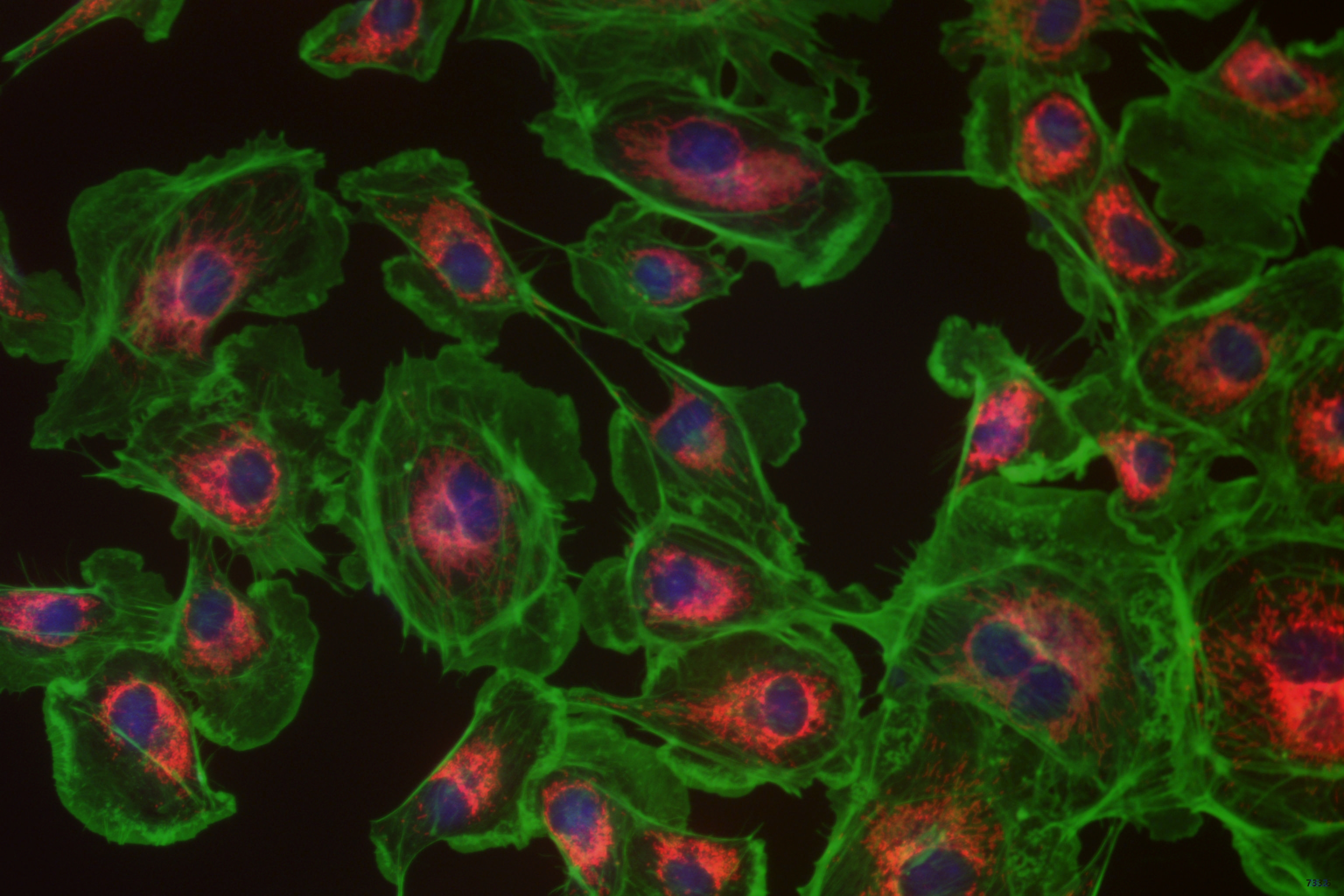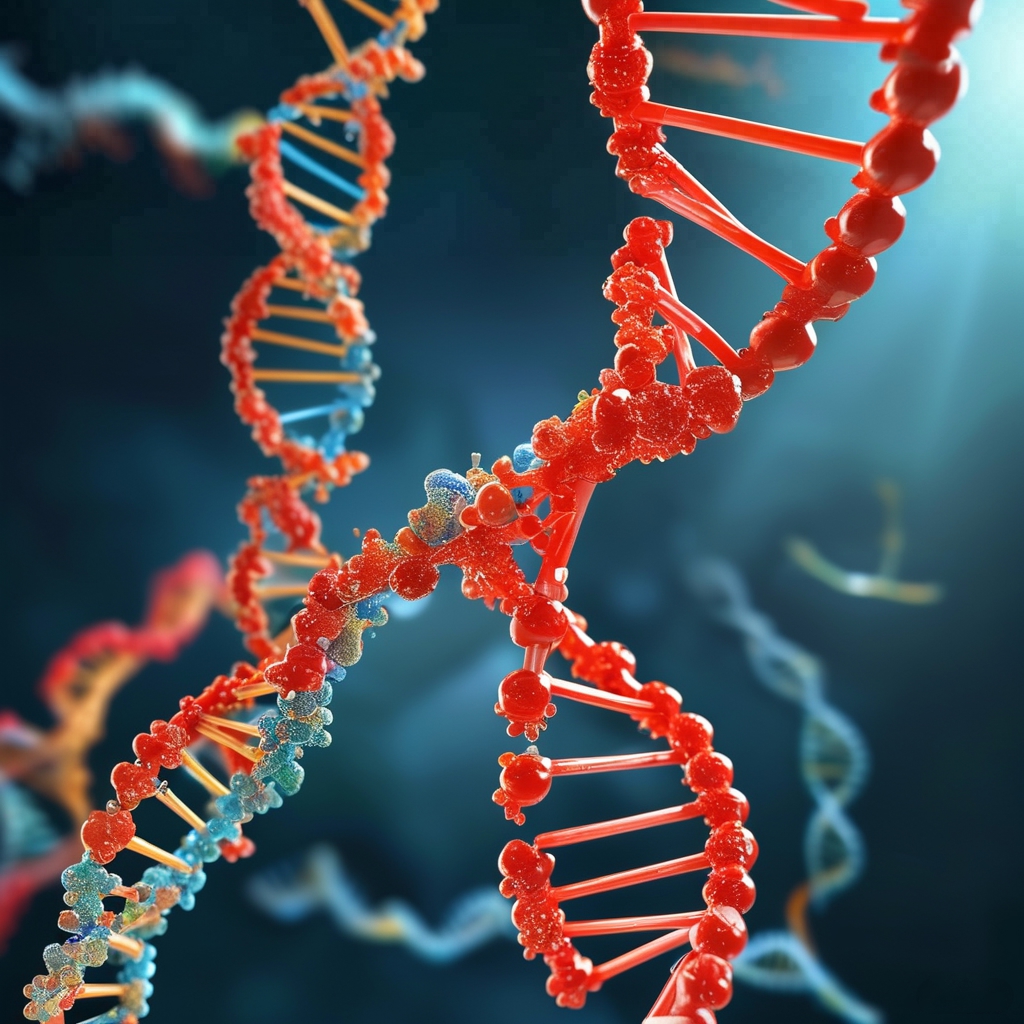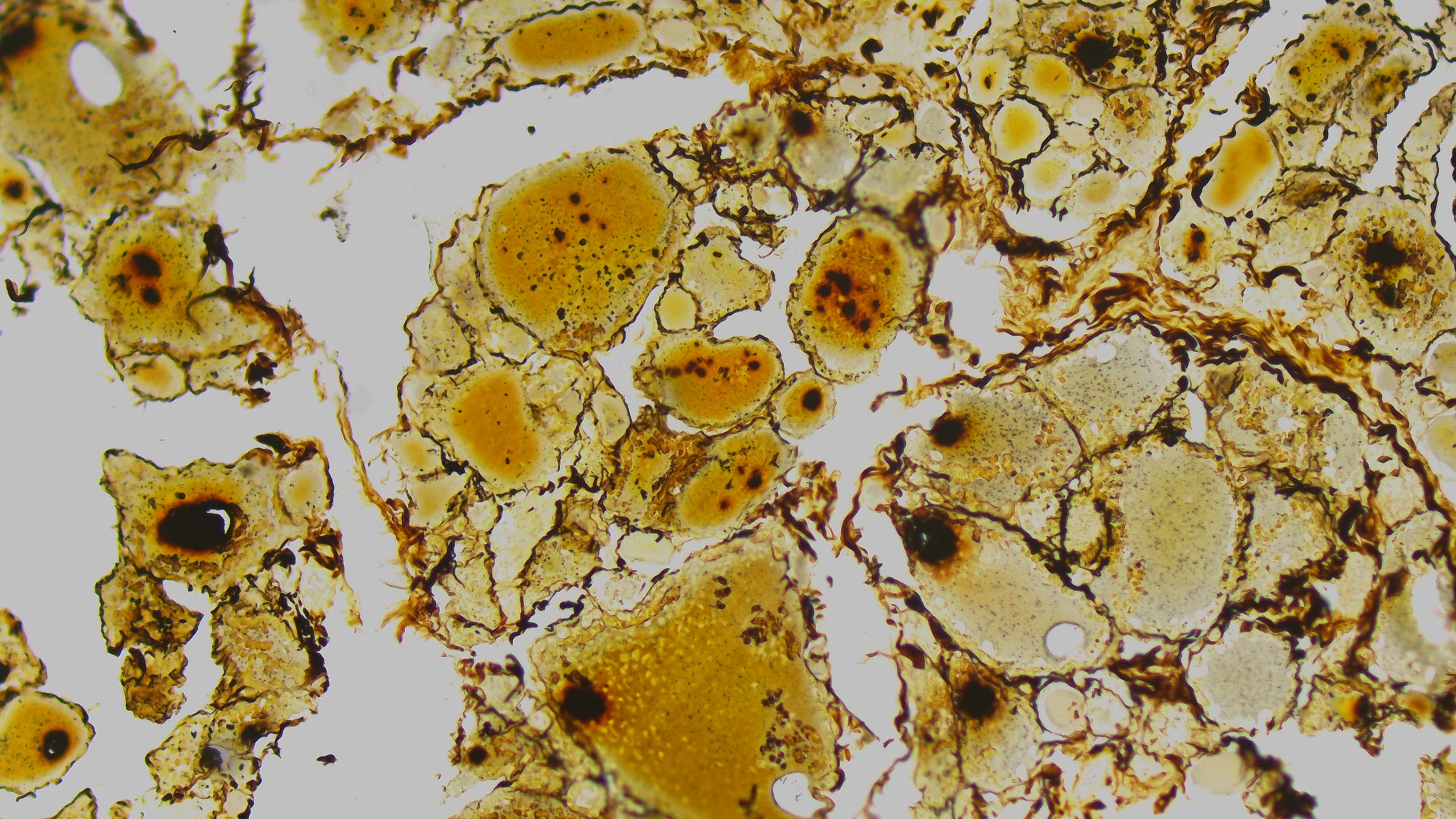MAX151AM-10G Scientific Camera
Product Introduction
Based on Sony Exmor large-format sCMOS sensors (IMX811/411/461/455/410, etc.), covering full-frame to medium-format resolutions from 24 MP to 251 MP. The cameras feature high-efficiency TEC deep cooling with closed-loop temperature control (typical ΔT ≈ 40 °C), combined with anti-condensation optical structure to maintain low dark current and stable black level under low-light and long-exposure conditions. 10GigE/USB3.0 multi-interface options with built-in buffer (model-dependent) ensure high bandwidth and continuous long-term acquisition. Support free-running, software/hardware triggering, and multi-camera synchronization, suitable for microscopy stitching, cultural heritage imaging, surveying and mapping, semiconductor inspection, astronomical observation, and other ultra-high-resolution scenarios. Cross-platform SDK and ToupView/ToupLite software provided for system integration and secondary development.
Key Features
- Resolution coverage: 24–251 MP, pixel size 2.81–5.94 µm (model-dependent)
- Large sensor format: Full-frame/medium-format, M54/M72 high-strength mounts (model-dependent)
- Deep TEC cooling (typical ΔT ≈ 40 °C) + anti-condensation structure, supports low-light and long-exposure applications
- Multi-interface: 10GigE/USB3.0, supports built-in buffer and continuous acquisition (model-dependent)
- Multi-bit depth output: 8/10/12/16-bit (model-dependent) for richer detail and dynamic range
- Triggering and I/O: Opto-isolated input/output + GPIO; free-running/software-hardware triggering/multi-camera synchronization
- Image functions: ROI, binning, orientation flip, etc. (model-dependent)
- Software and SDK: ToupView/ToupLite; Windows/Linux/macOS multi-language SDK (C/C++/C#/Python, etc.)
- Typical applications: Microscopy stitching, cultural heritage and scientific imaging, remote sensing and surveying, semiconductor inspection, astronomical imaging
Product Details
| Specifications | |
| Model | MAX151AM-10G |
| Sensor | IMX411ALR (M, RS) |
| Shutter Type | Rolling Shutter |
| Color Type | Monochrome |
| Resolution | 151 MP (14176×10640) |
| Sensor Size | 53.30 mm × 40.01 mm |
| Sensor Diagonal | 4.17" (66.65 mm) |
| Pixel Size | 3.76 µm × 3.76 µm |
| Performance Parameters | |
| Frame Rate | 6.1 fps @ 14176×10640; 6.9 fps @ 7072×5320; 20.8 fps @ 4704×3546; 61.9 fps @ 1568×1178 |
| Bit Depth | TBD |
| Dynamic Range | TBD |
| Sensitivity | 871 mV @ 1/30 s; 0.04 mV @ 1/30 s |
| Interface Parameters | |
| GPIO | 1× opto-isolated input, 1× opto-isolated output, 2× direct-connect GPIO |
| Lens Mount | M72×0.75 (native); optional M54×0.75 front adapter ring |
| Data Interface | 10GigE |
| Power Supply | DC 19 V, 4 A |
| Physical Parameters | |
| Dimensions | TBD |
| Weight | TBD |
| Environmental Parameters | |
| Operating Temperature | -10 °C to +50 °C |
| Operating Humidity | 30%–80% RH (non-condensing) |
| Storage Temperature | -20 °C to +60 °C |
| Storage Humidity | 10%–60% RH (non-condensing) |
| Other Parameters | |
| OS Support | Multi-platform SDK for Windows/Linux/macOS/Android (native C/C++, C#/VB.NET, Python, Java, DirectShow, TWAIN, etc.) |
| Certification | TBD |
Product Overview
MAX151AM-10G is a scientific-grade cooled camera featuring the IMX411ALR (M, RS) back-illuminated sCMOS sensor, delivering the following key advantages:
- High-Resolution Imaging: 151 MP (14176×10640) resolution with 3.76 µm × 3.76 µm pixel size and 53.30 mm × 40.01 mm sensor format.
- Shutter Architecture: Utilizes a Rolling Shutter design with monochrome imaging, suitable for fluorescence imaging, spectroscopy, and gene sequencing workflows.
- High-Speed Data Throughput: Supports 10GigE interface, delivering up to 6.1 fps @ 14176×10640; 6.9 fps @ 7072×5320; 20.8 fps @ 4704×3546; 61.9 fps @ 1568×1178 with TBD output.
- Outstanding Dynamic Range: Offers up to TBD dynamic range with sensitivity reaching 871 mV @ 1/30 s; 0.04 mV @ 1/30 s.
- Deep Cooling System: Integrated TEC module reduces the sensor temperature approximately TBD below ambient to suppress dark current.
- Comprehensive I/O: Provides GPIO control alongside a standard M72×0.75 (native); optional M54×0.75 front adapter ring lens mount.
- Compact Mechanical Design: Measures TBD, weighs around TBD, and operates on DC 19 V, 4 A input.
- Cross-Platform SDK: Supports Multi-platform SDK for Windows/Linux/macOS/Android (native C/C++, C#/VB.NET, Python, Java, DirectShow, TWAIN, etc.) with ToupView software and a multi-language SDK covering C/C++, C#, Python.
Key Performance Metrics
Frame Rate
6.1 fps @ 14176×10640; 6.9 fps @ 7072×5320; 20.8 fps @ 4704×3546; 61.9 fps @ 1568×1178
Resolution
151 MP (14176×10640)
Sensitivity
871 mV @ 1/30 s; 0.04 mV @ 1/30 s
Scientific Imaging Capabilities
Back-Illuminated Sensor
Back-illuminated sCMOS delivers higher quantum efficiency, ideal for low-light imaging tasks.
TEC Cooling
Integrated TEC stage suppresses dark current and noise, improving image quality and SNR.
High Sensitivity
Sensitivity up to 871 mV @ 1/30 s; 0.04 mV @ 1/30 s meets high-precision scientific imaging demands.
Flexible Control
Supports ROI, binning, trigger control, and more to suit diverse research setups.
Recommended Applications
Combining premium scientific imaging performance with stable cooling and versatile interfaces, MAX151AM-10G is ideal for research institutes, medical imaging, cultural heritage digitization, and precision industrial inspection.
MAX151AM-10G Product Manual
PDF format with complete technical specifications and mechanical drawings.
SDK Package
Supports Windows, Linux, and macOS platforms.
3D Model Files
STEP format for integration into mechanical designs.
Package Contents #
Package list for model MAX151AM-10G (10GigE Cooled)
- Camera body (MAX series 10GigE · cooled)
- Power adapter (input AC 100–240 V, 50/60 Hz; output per in-box spec)
- I/O cable (7-pin cable or extension)
- 10GigE network cable (Cat6A/7, shielded recommended)
- Lens (optional: M72 / M52 / M42 / C mount)
Product Dimensions #
Dimensions for model MAX151AM-10G (MAX251 / MAX151)
Frequently Asked Questions
Learn more about scientific CMOS cameras
- Ultra-low read noise: sCMOS read noise approaches 1 e⁻, far outperforming traditional CCDs.
- High frame rate: Parallel readout architecture supports 100 fps or higher.
- Wide dynamic range: Captures bright and dark regions simultaneously with ratios up to tens of thousands to one.
- Large field of view and high resolution: Suits high-resolution, wide-field imaging.
EMCCD cameras excel in ultra-low light or long-exposure conditions.
sCMOS delivers greater value for high-resolution, high-speed imaging with low noise.
In-Depth Product Overview
sCMOS Sensor Architecture
Each pixel has its own amplifier and column ADC for parallel readout, enabling high-speed, high-SNR imaging. Dual gain channels and dual ADC designs further expand dynamic range and sensitivity.
Low Noise + Wide Dynamic Range
Typical sCMOS noise is < 2 e⁻ (30 fps) with dynamic range up to 50,000:1—far exceeding traditional CCDs.
Fast Readout & Versatility
Parallel readout supports >100 fps for capturing fast events such as cell motion, fluorescence lifetime studies, and plasma dynamics.
Low-Light Performance
Back-illuminated sCMOS sensors achieve >95% QE from UV to NIR, with low fixed-pattern noise and cooling down to −30 °C for astronomy and other needs.
Application Scenarios & System Value
Ideal for fluorescence microscopy, astronomy, cold atom research, X-ray imaging, materials inspection, and industrial microscopy—delivering high sensitivity, precision, and adaptability.
Key Application Areas
Representative sCMOS applications
sCMOS Technology Advantages Summary
- Ultra-low read noise (<2 e⁻)
- High frame rate (>100 fps)
- Wide dynamic range (50,000:1)
- High quantum efficiency (>95%)
- Large FOV, high resolution
- Cooling capability (−30 °C)
- Parallel readout architecture
- Adaptable to diverse research needs














